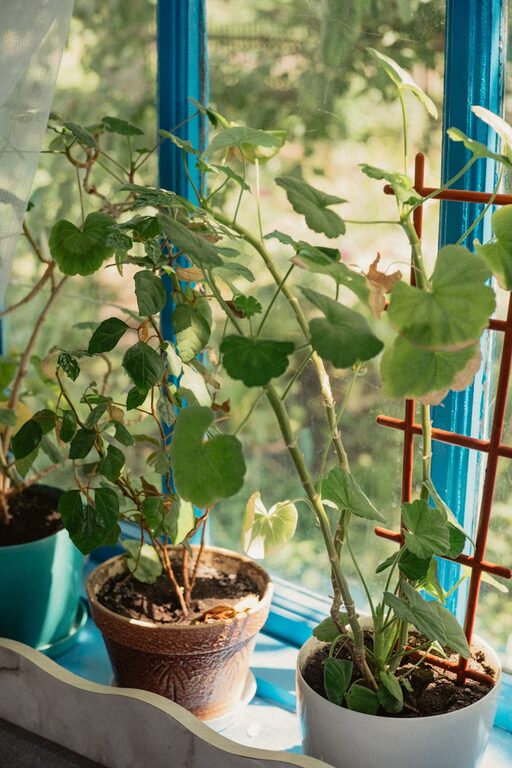Bringing houseplants into your home is a wonderful way to add life, color, and a touch of nature to your living space. But keeping them healthy and thriving can sometimes feel challenging, especially if you are new to indoor gardening. Fortunately, with some basic knowledge and consistent care, anyone can successfully nurture houseplants. In this post, we’ll explore practical tips to help your plants stay happy and vibrant all year long.
Understanding Your Plant’s Needs
Every houseplant species has its own unique requirements when it comes to light, water, temperature, and soil. The first step to keeping plants healthy is to learn about the specific needs of the plants you have.
Light
– Know your plant’s light preference: Some plants thrive in bright, direct sunlight (like succulents and cacti), while others prefer low or indirect light (like pothos or snake plants).
– Place accordingly: Position plants near windows or spots that match their light requirements. Rotate your plants occasionally to ensure even growth.
– Supplement light if needed: For darker rooms, consider using grow lights to provide sufficient light.
Water
– Don’t overwater: Overwatering is one of the most common reasons houseplants struggle. Check the soil moisture by sticking your finger about an inch deep. Only water when the topsoil feels dry.
– Proper drainage: Use pots with drainage holes to prevent water from sitting at the bottom, which can cause root rot.
– Watering schedule: Create a schedule but be flexible; plants need more water in warmer months and less during dormancy.
Temperature and Humidity
– Ideal temperature: Most houseplants prefer temperatures between 65-75°F (18-24°C). Avoid placing plants near heating vents, air conditioners, or drafty windows.
– Humidity: Some tropical plants enjoy high humidity. Use a humidifier, mist plants occasionally, or arrange plants on a humidity tray to boost moisture.
Choosing the Right Soil and Fertilizer
Healthy soil provides nutrients and proper aeration essential for plant growth.
Soil
– Use a high-quality potting mix designed for indoor plants.
– For specific types like succulents or orchids, select specialized soil mixtures that cater to their needs.
Fertilizer
– Feed your plants with balanced, water-soluble fertilizer about once a month during the growing season (spring and summer).
– Avoid over-fertilizing, which can harm plants; follow package instructions carefully.
Pruning and Cleaning Your Plants
Maintaining your plants’ appearance and health involves regular care beyond watering.
Pruning
– Remove dead, yellowing, or damaged leaves to encourage healthy new growth.
– Prune leggy stems to maintain shape and promote bushier growth.
Cleaning
– Dust can block sunlight and harbor pests. Wipe leaves gently with a damp cloth or give plants a light shower in the sink or shower.
Preventing and Managing Common Issues
Pests
– Common pests include spider mites, aphids, and mealybugs.
– Inspect plants regularly and isolate new plants before introducing them to your collection.
– Use natural remedies like insecticidal soap or neem oil for treatment.
Diseases
– Avoid overwatering and poor air circulation to reduce fungal diseases.
– Remove infected leaves promptly and improve care conditions.
Repotting: When and How
As plants grow, they may outgrow their containers.
– Signs to repot include roots growing out of drainage holes or plants becoming root-bound.
– Choose a pot slightly larger than the current one and use fresh soil.
– Repot during the growing season for best results.
Tips for Specific Plant Types
Succulents and Cacti
– Require bright light and well-draining soil.
– Water sparingly and allow soil to dry completely between waterings.
Ferns
– Prefer indirect light and high humidity.
– Keep soil moist but not soggy.
Flowering Houseplants
– Need consistent light and balanced fertilizer during blooming.
– Remove spent flowers to encourage more blooms.
Final Thoughts
Keeping houseplants healthy doesn’t have to be complicated. By understanding their needs and providing consistent care, you can enjoy lush and thriving indoor greenery year-round. Remember to observe your plants regularly, adjust care as needed, and don’t be discouraged by occasional setbacks—they are part of the learning process. Happy planting!


